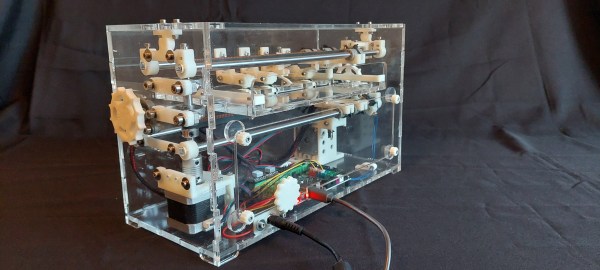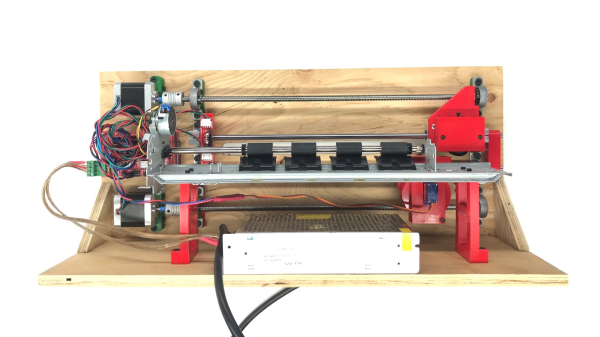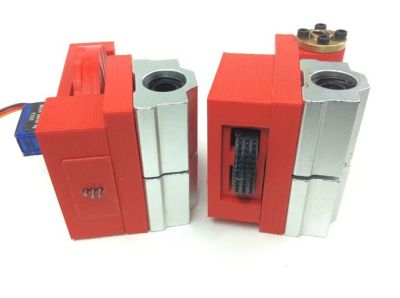The limited availability of texts transcribed to Braille and the required embossing equipment is a challenge world wide, but especially in poorer countries. To alleviate this problem, a team makers from in Cameroon have been developing BrailleRAP, an open source Braille embosser.
BrailleRAP is built built using commonly available 3D printer components, printed parts, and a laser-cut acrylic or wood frame. Paper is fed between a pair of carriages, the bottom one punching dots with a solenoid while the other acts as the anvil. Sheets of paper are fed in one or two at a time with stepper controlled rollers to control the position. At a cost of about $250, it is about a tenth of the price of the cheapest commercial solution, and the team have created excellent documentation so anyone can build it.
BrailleRAP was inspired by BRAIGO, another Hackaday-featured embosser assembled LEGO Mindstorm parts. We also featured another simple, but ingenious handheld embosser for portable use.
Continue reading “Hackaday Prize 2023: Low Cost Braille Embosser From 3D Printer Parts”













